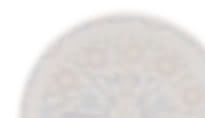 |
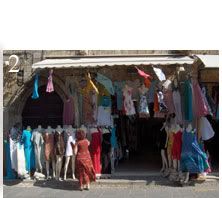 |
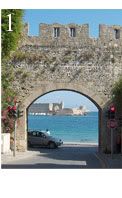 |
|
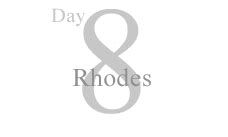 |
|
|||||
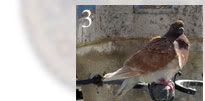 |
|
|||||||||
|
The walled medieval Old Town was our first destination (1), where history never got in the way of Tree shopping for a skirt (2). We walked through the pebbled streets of the Turkish Quarter, observing some local inhabitants (3), and local goods. All manner of dried-out sea life, particularly sponges, seemed to be the specialty (4). Of course the historical monuments of the Old Town are the main attraction. The restored 14th century Grand Master’s Palace is now a museum (5). The Mosque of Suleiman (6) evidences the Ottoman takeover of the island in the 16th century. The Avenue of the Knights housed the Knights of St. John, who were segregated according to “tongues” or linguistic groups (7). A dry moat surrounds the landward side of the Old Town (8).
We left for the New Town, which looks a lot like any new town in the area, really. Of more interest were the local flora (9), and some interesting churches (10). Our ultimate destination was the beach, including the aptly named “Windy Beach” (11). The water was captivating, the lounge chairs inviting, and the sun glorious (12). As we had the whole day here, we planned to ditch all our stuff and come back in the afternoon. Our walk back to the ship brought us past the old harbour with its stag and doe pillars (13), also a theorized but structurally unlikely site of the Colossus of Rhodes. We also passed through the Old Town again, exploring new areas and seeing some familiar sights from different angles (14). We did indeed spend that afternoon on the beach, swimming in the cool (or downright cold) water and lying on the beach, finding out exactly why the symbol of Rhodes is the Sun (15). < previous | index | next > |
|
|||||||||
 |
|
|||||||||
 |
|
|
||||||||
 |
|
|||||||||
 |
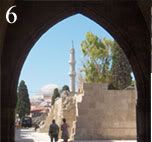 |
 |
|
|||||||
 |
|
|||||||||
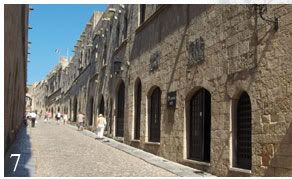 |
|
|||||||||
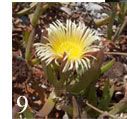 |
|
|
||||||||
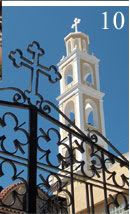 |
|
|||||||||
 |
|
|||||||||
 |
|
|
||||||||
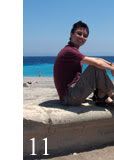 |
|
|||||||||
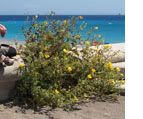 |
|
|||||||||
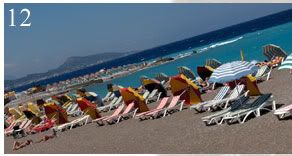 |
|
|||||||||
 |
|
|||||||||
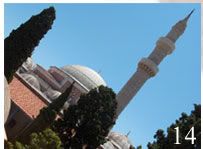 |
 |
|
||||||||
 |
 |
|
||||||||
|
|
|
|||||||||
|
|
|
|
|
|
|
|
|
|
|
|